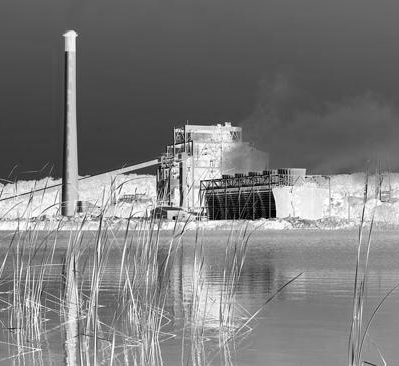AEMO reports reliability needs
 Authorities say Australia’s eastern states will have to deliver on their pledges if they are to avoid an energy shortfall.
Authorities say Australia’s eastern states will have to deliver on their pledges if they are to avoid an energy shortfall.
The Australian Energy Market Operator [AEMO] has issued an update to the 2021 Electricity Statement of Opportunities (ESOO) report.
The update was prompted by Origin Energy’s February decision to bring forward closure of its 2,880-megawatt Eraring plant in New South Wales by seven years, to 2025.
The new document forecasts sufficient reliability in New South Wales if investments consistent with NSW Government Policy are delivered, alongside existing and committed projects, ahead of the potential Eraring Power Station closure in 2025-26.
“The retirement of Eraring Power Station, without replacement investments, could lead to a reduction in the reliability of the NEM [National Electricity Market], particularly in New South Wales,” says AEMO’s Executive General Manager System Design, Merryn York.
AEMO has a reliability standard that requires at least 99.998 per cent of forecast customer demand to be met each year.
Considering only existing and committed developments, AEMO forecasts an initial period of unserved energy (USE) above the reliability standard in NSW, leaving reliability gaps of 590 megawatts from 2025-26, 330 MW in Victoria from 2028-29 and 770 MW in Queensland from 2029-30.
“If the pipeline of anticipated investments, as well as projects in the ISP and NSW Government’s energy roadmap, proceed to expected schedule, then forecast reliability outcomes in the NEM would meet or exceed the reliability standard in 2025-26,” Ms York said.
Anticipated projects, including 1,700 MW of grid-scale wind and solar generation, along with transmission developments, improve forecast USE in NSW to within the reliability standard in 2025-26.
“NSW’s reliability will further improve following the completion of the Sydney Ring (July 2027) and HumeLink (2026) transmission projects, which allows more southern NSW generation capacity, such as Snowy 2.0, to reach Sydney, Newcastle and Wollongong during times of supply scarcity,” Ms York said.
In Queensland, South Australia and Victoria, reliability is forecast to improve with anticipated generation and storage and the availability of inter-regional support.
However, absent further investment, Victorian USE is forecast to be above or close to the reliability standard from 2028-29 after the retirement of Yallourn Power Station.
“Commitment of some currently anticipated generation and transmission projects, including those being pursued through the NSW Government Electricity Infrastructure Roadmap, are crucial to meeting reliability standards in NSW by 2025-26,” Ms York said.
A further 138,000 MW of proposed developments have not been included in any of the reliability forecasts, including numerous shorter-duration storage projects that may further improve reliability.
AEMO’s upcoming quarterly energy dynamics report is predicted to show electricity prices continuing to rise.
While steeper petrol prices have become a headline issue around the recent federal budget and upcoming election, the prospect of larger power bills has so far avoided such attention.
While the Morrison government’s budget papers in March claimed it is “delivering on its commitment to a secure, affordable, and reliable energy supply and [achieving] its goal of wholesale electricity prices under $70/MW-hour”, in reality, spot prices are often over double that price in all four mainland states in the NEM.







 Print
Print